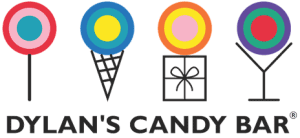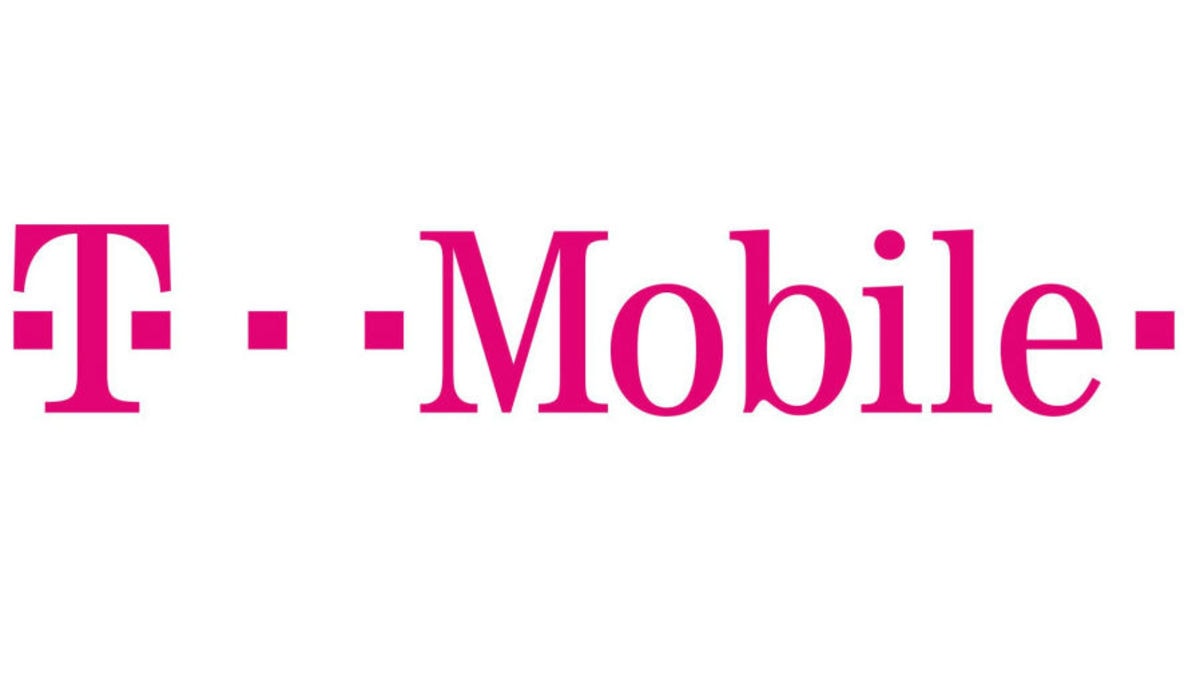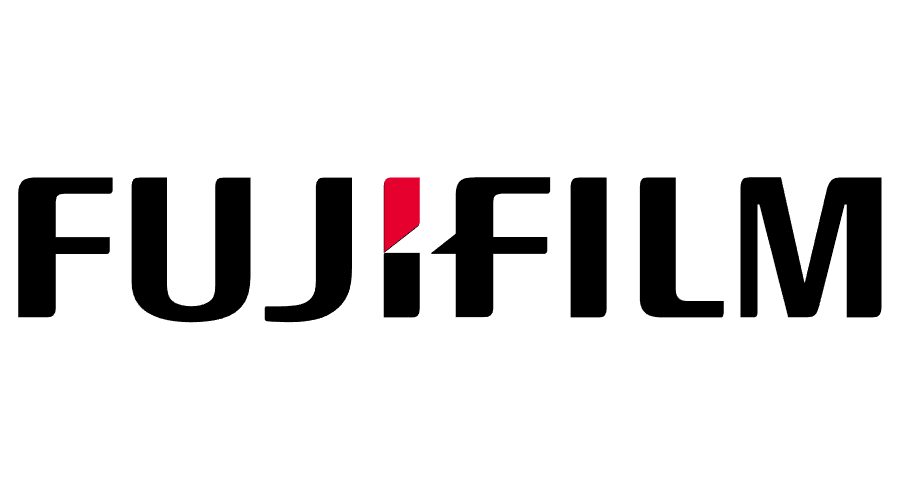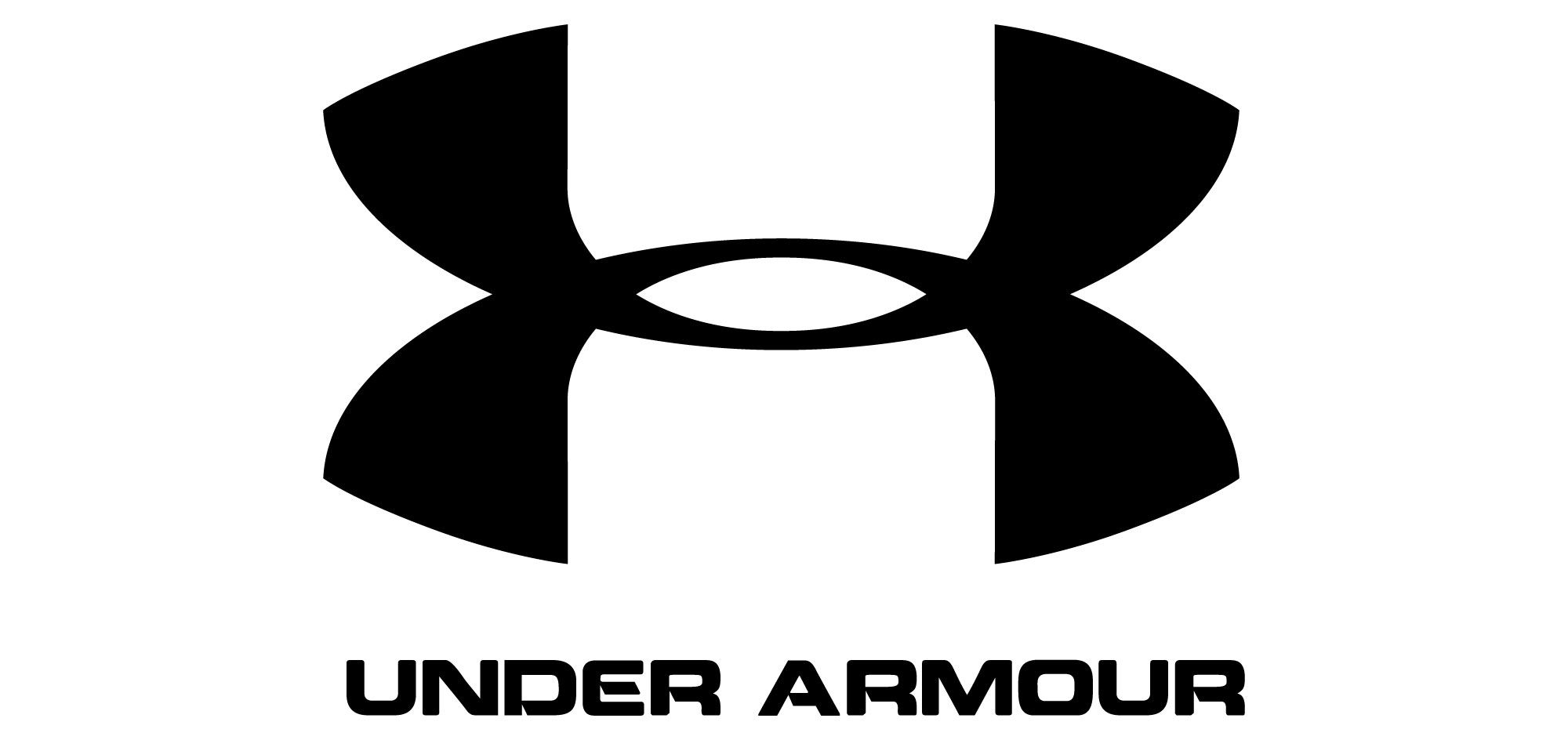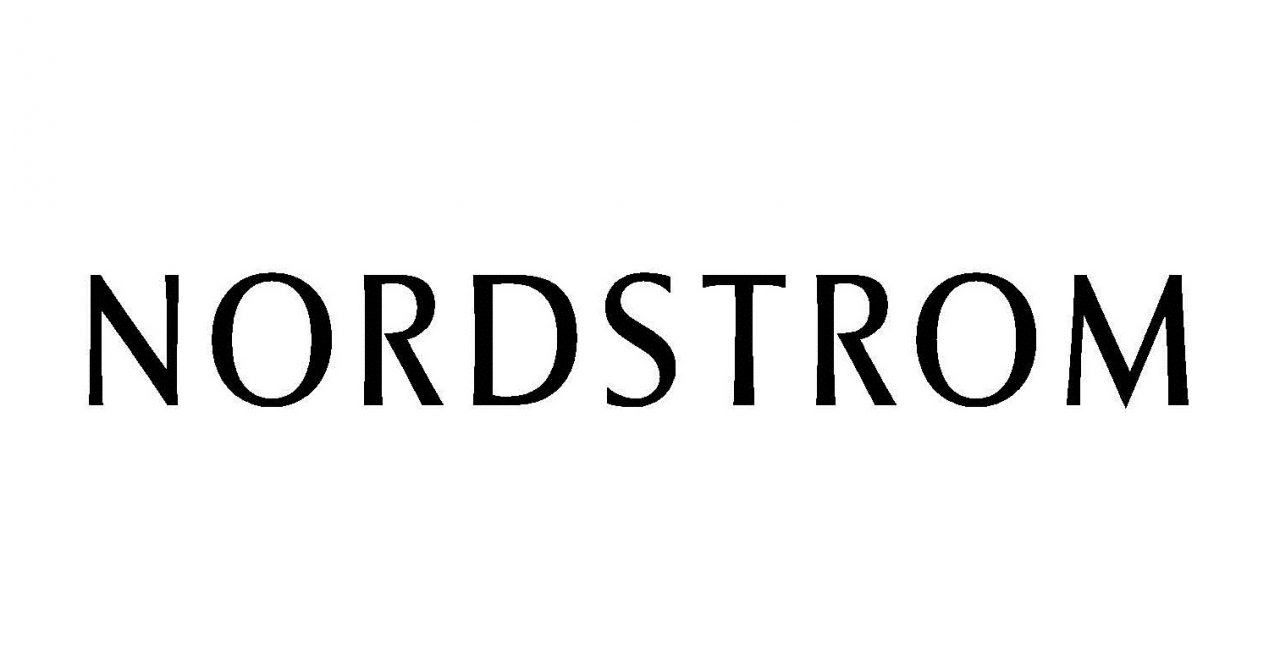Key Takeaways
- Craft an Engaging Cover Design
A visually appealing cover attracts attention and encourages readers to explore further. Use bold headlines and high-quality images that reflect your brand. A strong first impression increases engagement. - Organize Content Clearly
Structure information with headings, bullet points, and sections for easy navigation. Customers should quickly find what they need without feeling overwhelmed. A well-organized layout improves readability and retention. - Highlight Unique Selling Points
Clearly explain what makes your brand different from competitors. Emphasize benefits like quality, affordability, or exclusivity. A strong value proposition encourages customers to choose your business. - Incorporate High-Quality Visuals
Use professional images and graphics to enhance product presentation. Visuals make the brochure more engaging and help customers understand what you offer. High-quality images increase credibility and appeal. - Include a Strong Call to Action (CTA)
Guide readers toward the next step, such as visiting your store, calling for inquiries, or purchasing online. A well-placed CTA makes it easy for customers to take action. Clear instructions increase conversions.
Whether you’re aiming to connect with large-scale corporate clients or just market your retail store’s latest products, brochures are fantastic marketing tools for a wide range of businesses.
With a brochure, your business can promote its latest offerings while strengthening its connection with its target audience, all in a cost-effective way.
There are two key components of every effective brochure: the design, which plays a major role in attracting the attention of prospective customers, and the content that the brochure contains, which plays an important role in driving sales.
Are you struggling to prepare the right content for your retail brochure? Read on to learn more about which information you should include in your retail brochure for the biggest possible response.
Key selling points
What are the key benefits of each product your business has for sale? An extremely common marketing mistake is to market a product using its features – for example, specific technology or design elements – instead of discussing its benefits.
A health supplement, for example, may have a patented formula that achieves great results, but that’s not a selling point. Its selling point is that it’s more effective than any other product within its category at promoting good health.
Before you list any item in your brochure, take note of its two or three biggest and most important selling points. Then, use them as building blocks for your copy to create engaging, effective content that drives sales.
Pricing information
How much does your product cost? One of the most common brochure mistakes is to exclude pricing information in an effort to drive leads by forcing prospects to call your business for more information.
While some prospects will call your business to learn more, it’s far more common for people to simply search online for pricing information. As a result, they could end up learning more about a specific product from one of your competitors.
It pays to be transparent, particularly when it comes to pricing. Listing the prices of specific products in your brochure provides your prospective customers with useful information that can play an important part in the purchasing process.
Payment options
How can prospective customers pay for your product? By listing the ways that your target audience can purchase your product, you increase the likelihood of a positive response and successful sale.
If your business offers online shopping, mention this in your brochure. You can even use scannable QR codes to take customers right to a specific product’s page in your online store.
Is there a retail store nearby? If you’re distributing brochures as part of a direct mail campaign, try listing your nearest retail location to show customers how convenient it is to take action.
Your business’s bio
What makes your business special? People rarely receive just one brochure – it’s far more common to receive several direct mail pieces per day. Because of this, it’s vital that you let people know what makes your business different from its competitors.
Do you have an excellent reputation? Do you offer a great return policy? Think about the key points that make your business worth purchasing something from, then use them to build trust in your brochure.
People rarely buy based on price alone; if your can’t clearly communicate how your business is trustworthy and remarkable, there’s a significant chance they will go to one of your competitors instead of purchasing a product directly from you.
FAQs
- Why is a strong cover design important in a brochure?
The cover is the first thing customers see, so it must grab attention. A striking design increases the likelihood of them reading further. A well-designed cover sets the tone for the entire brochure. - How does clear content organization improve brochures?
Organized content allows customers to find information quickly. Bullet points, headings, and short paragraphs improve readability. A structured layout keeps readers engaged. - What are unique selling points, and why should they be highlighted?
They are the features that make your business stand out from competitors. Highlighting these helps customers understand why they should choose you. Strong differentiation builds brand loyalty. - Why should a brochure include high-quality images?
Images create a visual connection with products and services. Professional visuals enhance credibility and make the brochure more attractive. Good imagery increases customer interest and engagement. - How does a strong call to action help in a brochure?
A CTA tells readers what to do next, whether it's visiting a store or calling for information. Without a clear CTA, potential customers may lose interest. A direct message increases response rates.



